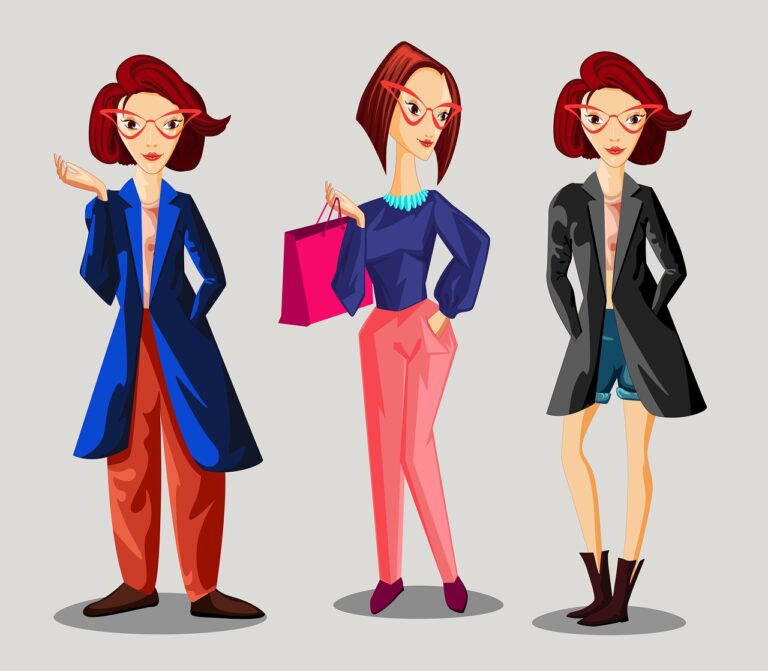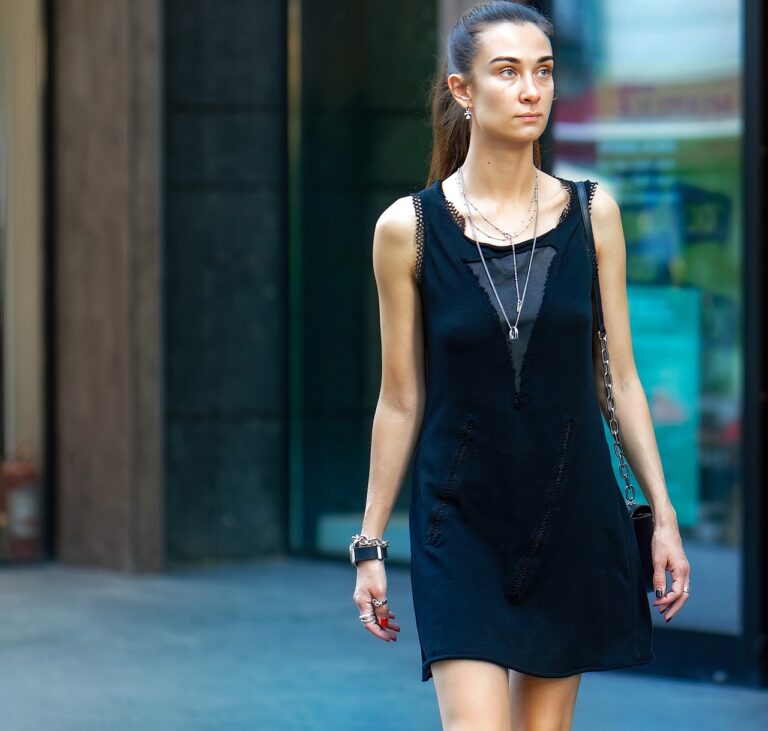Leveraging Virtual Reality for Menu Visualization in Casual Dining: All pannel.com, Play99, Golds 365
all pannel.com, play99, golds 365: Leveraging Virtual Reality for Menu Visualization in Casual Dining
Are you tired of staring at a static menu when deciding what to order at a restaurant? Have you ever wished for a more interactive and engaging way to browse through a list of food options? Well, virtual reality might just be the solution you’ve been looking for.
Virtual reality (VR) technology has been gaining popularity in various industries, from gaming to healthcare, and now it’s making its way into casual dining establishments. By leveraging VR for menu visualization, restaurants can enhance the dining experience for their customers and potentially increase sales.
How does virtual reality menu visualization work?
When you sit down at a table in a restaurant that utilizes VR technology, you’ll be given a VR headset to put on. Through the headset, you’ll be able to see a digital representation of the menu, complete with high-quality images and detailed descriptions of each dish.
Using hand controllers, you can navigate through the menu, zoom in on items for a closer look, and even watch videos showcasing how certain dishes are prepared. This immersive experience allows you to get a better sense of what each dish looks like before you order, making it easier to choose what you want to eat.
Benefits of VR menu visualization for restaurants
1. Enhanced customer experience: By incorporating VR technology into the dining experience, restaurants can offer a unique and engaging way for customers to explore their menu options.
2. Increased sales: Studies have shown that providing visual representations of menu items can lead to higher sales, as customers are more likely to order dishes that they can see and almost taste.
3. Reduced ordering errors: With detailed descriptions and images of each dish available in VR, customers are less likely to make mistakes when placing their orders, leading to a smoother dining experience for both the customer and the restaurant staff.
4. Marketing opportunities: Restaurants can use VR menu visualization as a marketing tool to showcase their signature dishes and attract new customers who are intrigued by the immersive dining experience.
5. Accessibility for all: VR menu visualization can also benefit customers with dietary restrictions or allergies, as they can easily filter out dishes that don’t meet their needs without the need to ask multiple questions to the waitstaff.
The future of casual dining with VR
As technology continues to advance, we can expect VR menu visualization to become more prevalent in the casual dining industry. Restaurants that adopt this innovative technology early on will have a competitive edge and be able to cater to the evolving preferences of their customers.
FAQs
Q: Is VR menu visualization only suitable for high-end restaurants?
A: Not at all! VR menu visualization can be implemented in casual dining establishments of all types and sizes.
Q: Will using VR headsets in restaurants be uncomfortable for customers?
A: Most VR headsets are designed for comfort, and restaurants can provide sanitization protocols to ensure a clean and safe experience for customers.
Q: How can restaurants ensure that their VR menu visualization is user-friendly?
A: Restaurants should provide clear instructions on how to use the VR technology and offer assistance to customers who may need help navigating the menu.
In conclusion, leveraging virtual reality for menu visualization in casual dining can revolutionize the way customers interact with restaurant menus and elevate the overall dining experience. Stay tuned for more exciting developments in the intersection of technology and food!







